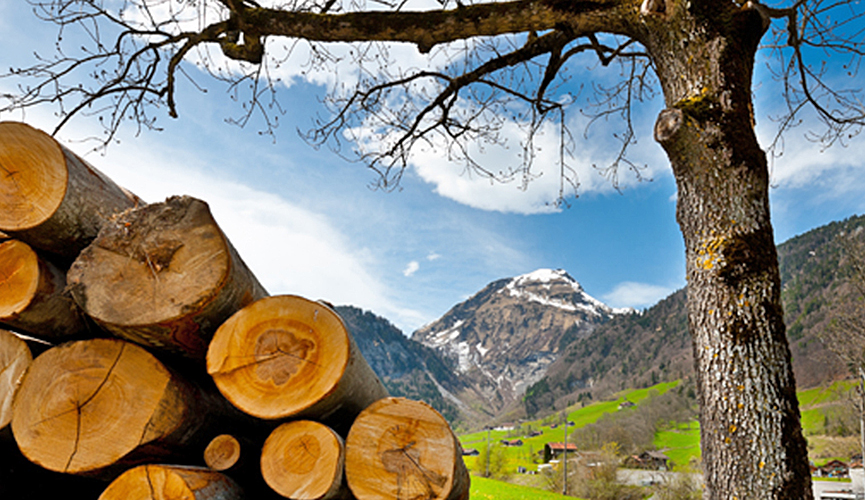One of the essential skills in woodworking is how to dry lumber properly. Even if you don’t have an immediate need for finished wood products, it is still necessary to know how to dry and break down lumber. The process can help you create various attractive surfaces with a diverse array of textures, finishes, and colors.

The first step in proper drying is knowing how much moisture your lumber has before beginning any boiling or other procedures. There are many ways to test for moisture content without using expensive equipment; the best way really depends on what type of project you’re working on and what you have available at the moment. Below you’ll explore a step-by-step guide about how to dry wood at home.
How To Dry Wood For Woodworking: 5 Proven Steps
Take a look at the five proven steps to drying lumber.
Get A Wood Moisture Meter
The best way to test for moisture content is to use a moisture meter. Moisture meters come in all shapes and sizes and can be purchased from your local hardware store or online at the most used lumber sites.
The dial-type moisture meters require extreme care in interpreting results since the readings can significantly affect a nearby electrical field. If possible, move away from any strong sources of electricity before making your measurement.

A moisture meter that operates on batteries will give more accurate results since nearby electrical fields won’t be confused. You may need to take a few more readings at different positions on the wood if you’re unable to get a consistent reading from one place.
Lay Down A Row Of Sticks
The first step to drying lumber is laying your pieces flat on the ground as a row. This gives you a way to measure the moisture in each piece individually and helps air circulate around each piece. By keeping your pieces stacked, you only allow for air movement at the top of each pile, which could lead to uneven drying.
Stack Of The Board
Stack your dry lumber into a few smaller piles, with each piece oriented the same way since this will ensure even drying throughout the project over time. Attempting to stack a giant mass of wet lumber will not only take up too much space but will also lead to uneven drying conditions in just a few days
Add Layer Of Sticks
Add a layer of sticks between each woodpile to help with air circulation. This increases the drying rate and reduces the risk of fungal growth since the sticks allow for proper ventilation throughout the entire project.

Keep Stacking
Continue stacking your dry lumber until you have reached the top of the pile. You can always continue adding sticks later. If necessary, but there is no need to pass this stage on to avoid further damage to the wood.
How To Dry Wood Slabs
When drying wood slabs, it would be wise to split your wood into different sections since this will help with drying and stacking purposes. This will allow you to dry out slabs before assembling certain sized pieces in one piece.

To do this, start by separating each slab into its basic section, then lay that slab flat on the ground for drying purposes. Once you have several flat pieces separated, consider placing them together face-to-face to create a smaller slab.
How To Dry Wood For Carving
If your wood is still too wet to carve out of, you may need to continue applying some heat and humidity for a couple more weeks. Bear in mind that the wood will no longer dry uniformly over time, so you’ll need to continue applying heat for the rest of your project.
When you dry lumber for carving projects such as masks or clubs, it’s essential to consider your project’s dimensions before beginning any drying process. For example, if you’re carving a mask, ensure that the lumber is still a little damp and soft before you begin any carving. This will reduce the risk of cracking or tearing your project apart.